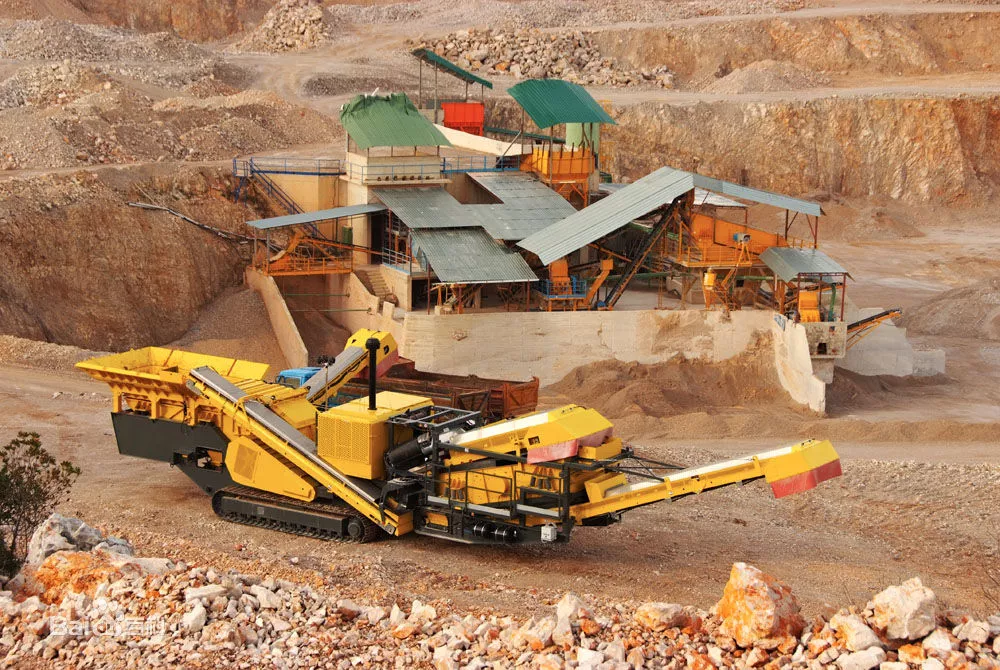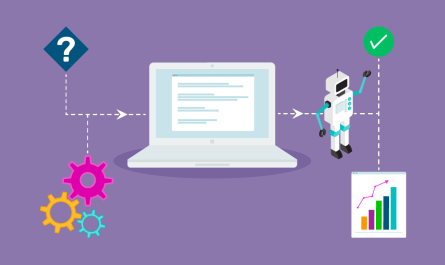Remote Operation Centers and Autonomous Machines
One of the major transformations in smart mining is the increased use of remote operation centers and autonomous machines. Many mining companies are setting up operation centers miles away from the actual mine sites. Highly trained operators sitting in these centers can remotely monitor and control heavy earthmoving equipment like haul trucks, excavators, dozers etc. using centralized software systems. This allows mines to be operated with much fewer people on site.
Fully autonomous vehicles are also being tested and slowly introduced. Driverless trucks that follow pre-programmed routes are already transporting materials in some mines. Augmented reality and AI are helping machines “see” the environment better and avoid collisions. Drones inspect equipment from the air and monitor dust, noise and safety compliance. Machine learning analyzes huge amounts of operational data to optimize routes, schedules and maintenance. All of this is improving safety and productivity while reducing costs.
Real-time Ore Detection and Grade Control
Smart Mining sensing technologies are transforming orebody mapping and grade control. High precision scanning using LiDAR, hyperspectral imaging from drones and downhole sensors provide extremely detailed 3D maps of the orebody. This helps mines target extraction to the richest zones only. Real-time assays during mining using near infrared cameras, XRF tools and lab-scale chemical analysis help control digging and sorting on the go. Ore is selectively hauled based on immediate grade readings rather than average block model predictions. This selective mining maximizes the value recovered from each excavated tonne.
Digitization of Mine Planning
Modern mine planning involves digital terrain models, adaptive block modeling, coupled hydro-geological-geomechanical simulations and optimization algorithms. Planning teams generate hundreds of automated scenarios for pit design, equipment selection, scheduling and reclamation. Dynamic software updates short term plans based on actual performance in an adaptive governance loop. Digital twins of the mine and its systems continuously improve over time. Advanced technologies like cloud computing, high performance modeling and VR/AR enable deep analytical insights inaccessible before. Entire open pit pushbacks or underground excavation sequences can be digitally planned, tweaked and tested months in advance.
Smart Sensors for Process Optimization
The digitization trend is advancing to mineral processing as well. Smart Mining sensor networks monitor critical parameters throughout the plant in real time. Flow rates, concentrations, pressures, temperatures, grinding loads – thousands of data points stream every minute. Condition monitoring detects early wear and process anomalies. Predictive analytics flag upcoming issues. Process simulators evaluate how changes to variables like reagent dosage or cyclone configuration impact recovery. Neural networks autonomously optimize circuit performance based on live sensor signals. All of this improves metallurgical performance and boosts recovery of valuable commodities from each tonne.
Data-driven Maintenance and Life Cycle Management
Equipment reliability is enhanced using IoT devices, machine telematics and powerful analytics. Sensors embedded in componentry track performance parameters, usage profiles, wear signatures and operational outcomes. This constantly expanding pool of historical breakdown data, when coupled with predictive algorithms, helps failures with high accuracy. Maintenance crews proactively replace parts before failure, avoiding costly downtime.
Digital twins monitor whole asset fleets virtually. They provide a 360-degree view of fleet health, efficiency, remaining useful life and total cost of ownership. This long term data-driven maintenance and life cycle planning reduces operating costs through optimized part replacement scheduling, capital expenditure and residual value projections. Overall equipment effectiveness and availability are maximized across the mine site.
Transitioning to Digital Mining Operations
The Smart mining industry’s digital transformation journey is well underway but still evolving. Fully autonomous smart mines are gradually becoming a reality as technological capabilities advance. However, most existing operations are transitioning step-by-step from conventional to smarter processes by leveraging available digital solutions. Remote operation centers and semi-autonomous vehicles have proven commercial value already. Advanced analytics are driving optimization across all stages – from exploration through production to reclamation. The ultimate goal is a fully integrated, dynamically optimized intelligent mining system with seamless information flow across all its digital components. Though a work in progress, smart mining innovations are undoubtedly transforming the industry for a safer, more efficient and sustainable future.
*Note:
1. Source: Coherent Market Insights, Public sources, Desk research
2. We have leveraged AI tools to mine information and compile it
About Author - Vaagisha Singh
Vaagisha brings over three years of expertise as a content editor in the market research domain. Originally a creative writer, she discovered her passion for editing, combining her flair for writing with a meticulous eye for detail. Her ability to craft and refine compelling content makes her an invaluable asset in delivering polished and engaging write-ups. LinkedIn

 by
by 


